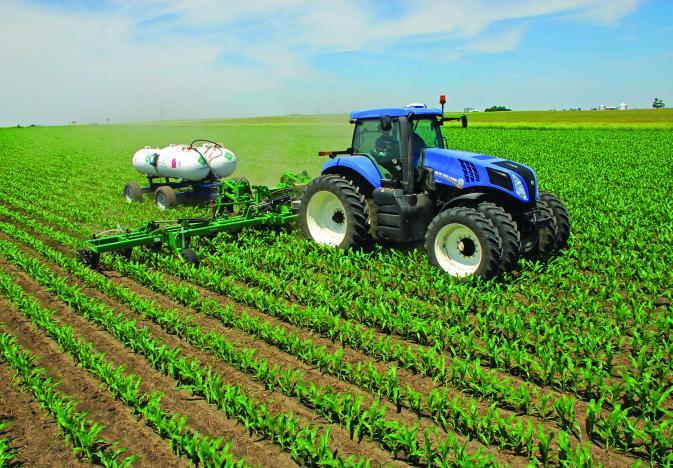Agriculture and Climate Change have become an increasingly important issue with global concerns about climate change. Global Warming is causing many weather related problems, with agriculture being one of the areas that are most impacted. The main problems for agriculture from global warming include decreased crop yields, more frequent heat waves, drought, floods and super cyclones. Some studies show that global warming could lead to increases in food prices and even possibly instability in world markets, with prices rising as crops are lost to drought and heat.
As people become more concerned about the environment, and as the world becomes a greater producer than before, global food prices are likely to increase. Many experts agree that agricultural production needs to be reduced to meet rising demands, or else the world’s hunger will be increased. Others believe that agricultural production can be increased if better farming techniques are used. Although the issue remains highly debated, the effects of global warming on agriculture and animal farming are real and need to be discussed.
One of the major problems for farmers around the world is changing precipitation patterns, which affect both agriculture and climate change. Drought affects plant growth and quality, and also reduces the quantity of crops that can be harvested. Heat waves can also have devastating effects on agricultural products, drying up crops and forcing millions to flee to cities. While no one knows for sure what effect climate change will have on agricultural products, it is clear that agricultural products need to be prepared for future climate change.
Temperature change affects the development of crop fields and the way they grow, affecting the harvest as well. Agricultural researchers have been studying temperature change and how it relates to global warming and precipitation. When temperature changes are combined with rainfall patterns, a unique pattern is formed that can greatly impact agricultural production. When combined with extreme heat waves, the combined effects can wreak havoc on crops, resulting in higher costs and less production.
Temperature change also has direct effects on the markets. When temperature varies, it can affect the markets in many ways. One of these ways is by increasing the cost of agricultural products, which, if left unchecked, can have a negative impact on the economies of nations. A rise in temperature may be one of the drivers behind the recent spike in food prices.
Agriculture and climate change go hand in hand. If crop production is affected by climate change, food prices will increase and this will have an effect on the overall economy. This can have a negative or a positive impact on agricultural products. While no one knows exactly what effect climate change will have on the world’s food supply, understanding what it is doing now will help to prepare for the future. If something is not done, the food crisis could worsen.


